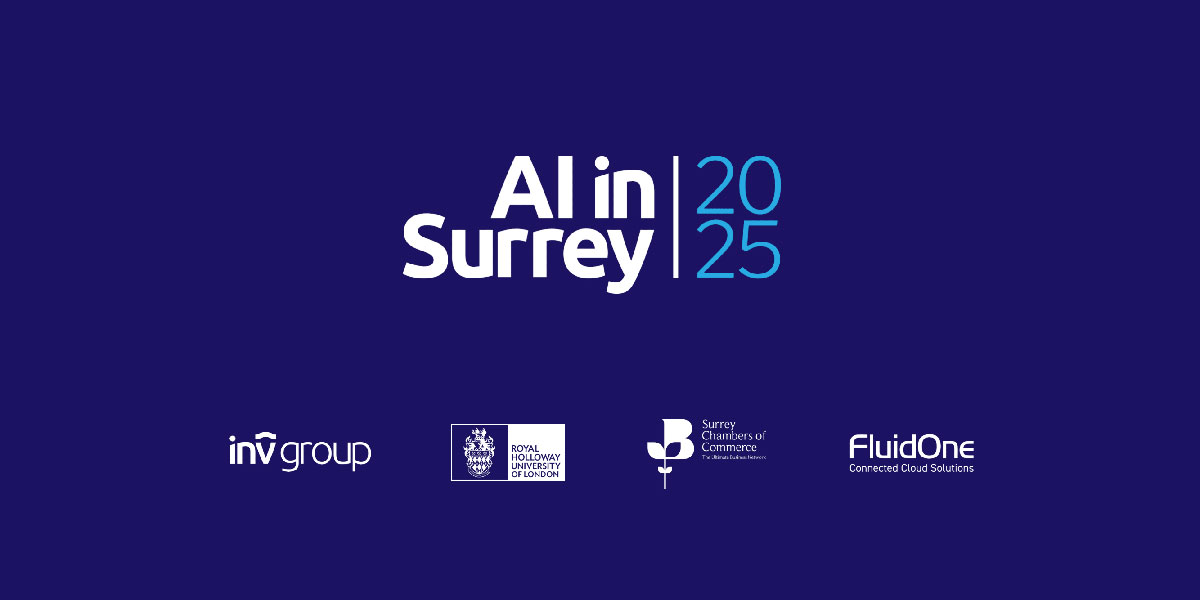From a paper by Torsten Oliver Salge, David Antons, Michael Barrett, Rajiv Kohli, Eivor Oborn, Stavros Polykarpou
The reputation of hospitals ought to be built on the quality of care they provide. However, in the healthcare industry, it is difficult to judge the quality of care from a hospital; patients are often unable to assess this for themselves and have to rely on the reputation of health service providers – which is why it’s so important for hospitals to have a good one.
In order to see how hospitals and other health service providers could improve their reputation, we first looked at where patients tend to gain their impression of health care providers: the media. As information intermediaries, journalists can detect, aggregate, and translate the the signs of quality healthcare. They are well positioned to detect even the weaker quality signals – among which are state-of-the-art IT – that a hospital emits.
We analysed 175,973 articles in English newspapers, in relation to the reputation of 152 hospital organizations across five years. In addition, we also conducted follow-up interviews with journalists. We found that investments in IT staff increase the “being known” facet of reputation – apparent in the volume of media coverage. By contrast, investments in IT equipment positively affect a hospital’s general favourability – evident in the tenor of its media coverage. Put simply, visible IT equipment investments prompt journalists to write less negatively about a hospital.
This implies that investments in IT equipment can buffer hospitals from negative press, thereby helping them to gain and maintain a strong reputation in the media. Practitioners and policy makers may incorporate the reputational effect of IT when making investment decisions and further amplify such IT investment through press releases, corporate reports, and media interactions.
Read the full paper:





